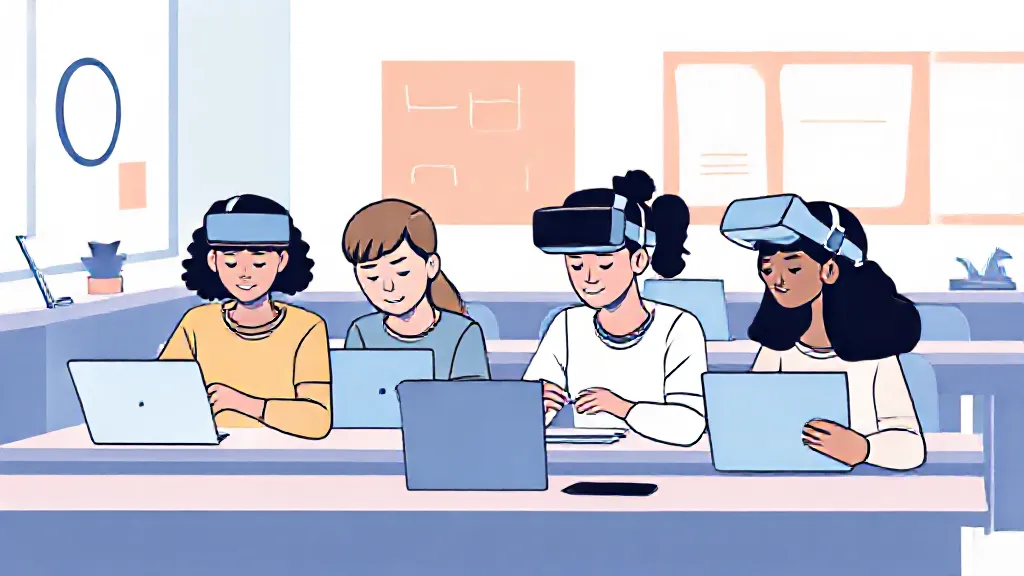In recent years, technology has become an integral part of modern education, influencing teaching methods, learning processes, and administrative operations. The advent of digital tools and resources has transformed classrooms into dynamic environments where students can engage with content in innovative ways. This article explores the various dimensions of technology's influence on education, highlighting key trends, benefits, challenges, and future directions.
The Evolution of Educational Technology
The journey of technology in education began with the introduction of audiovisual aids in classrooms during the mid-20th century. Over the decades, innovations such as computers, the internet, and mobile devices have revolutionized how knowledge is disseminated and absorbed. The rise of online learning platforms and educational software has enabled a shift from traditional, teacher-centered instruction to more student-centered approaches.
This evolution is characterized by the increasing use of blended learning models that combine face-to-face instruction with online resources.
Enhancing Accessibility and Inclusivity
One of the most significant impacts of technology on education is its ability to enhance accessibility and inclusivity. Students with disabilities can benefit from assistive technologies such as screen readers, speech-to-text applications, and personalized learning software.
Moreover, online courses and resources allow learners from diverse backgrounds and geographical locations to access quality education that may not be available locally. This democratization of education fosters a more inclusive learning environment where all students have the opportunity to succeed.
Personalized Learning Experiences
Technology facilitates personalized learning experiences tailored to individual student needs.
Adaptive learning technologies analyze student performance in real-time and adjust the curriculum accordingly, allowing learners to progress at their own pace. This approach not only helps students master content more effectively but also increases engagement by providing relevant and challenging materials. Personalized learning is further supported by data analytics, which enables educators to identify learning gaps and intervene proactively.
The Role of Collaborative Learning Tools
Collaboration is a cornerstone of modern education, and technology has greatly enhanced opportunities for collaborative learning. Tools such as Google Classroom, Microsoft Teams, and various educational apps allow students to work together on projects, share resources, and communicate seamlessly, regardless of their physical location. This collaborative spirit fosters teamwork, critical thinking, and problem-solving skills, essential competencies in today's workforce.
Challenges of Integrating Technology in Education
Despite the numerous benefits, integrating technology into education presents challenges. Issues such as digital divide, where some students lack access to necessary devices and high-speed internet, can exacerbate existing inequalities. Additionally, educators may face difficulties in adapting their teaching methods to incorporate new technologies effectively.
Professional development and training are crucial in equipping teachers with the skills needed to leverage technology in their classrooms successfully.
The Impact of Social Media on Learning
Social media platforms have also made their way into the educational landscape, offering unique opportunities for engagement and interaction. Educators use platforms like Twitter, Facebook, and Instagram to share resources, facilitate discussions, and connect with students in a more informal setting.
However, the use of social media in education raises questions about privacy, distraction, and the quality of information shared. It is essential for educators to guide students on responsible social media use to maximize its educational potential.
Future Trends in Educational Technology
Looking ahead, several trends are poised to shape the future of educational technology.
Artificial intelligence (AI) is expected to play a significant role in creating intelligent tutoring systems that provide personalized feedback and support. Virtual and augmented reality (VR/AR) technologies offer immersive learning experiences that can transport students to historical sites or complex scientific environments. As technology continues to evolve, it will be crucial for educators to stay informed and adapt their practices accordingly.
Conclusion: Embracing Technology for Better Learning Outcomes
In conclusion, the influence of technology on modern education is profound and multifaceted. As educational institutions embrace digital tools and resources, they must also address the challenges that accompany this transformation. By fostering an inclusive, collaborative, and personalized learning environment, technology can significantly enhance educational outcomes and prepare students for a rapidly changing world.
The journey of integrating technology into education is ongoing, and its potential to enrich learning experiences remains limitless.
